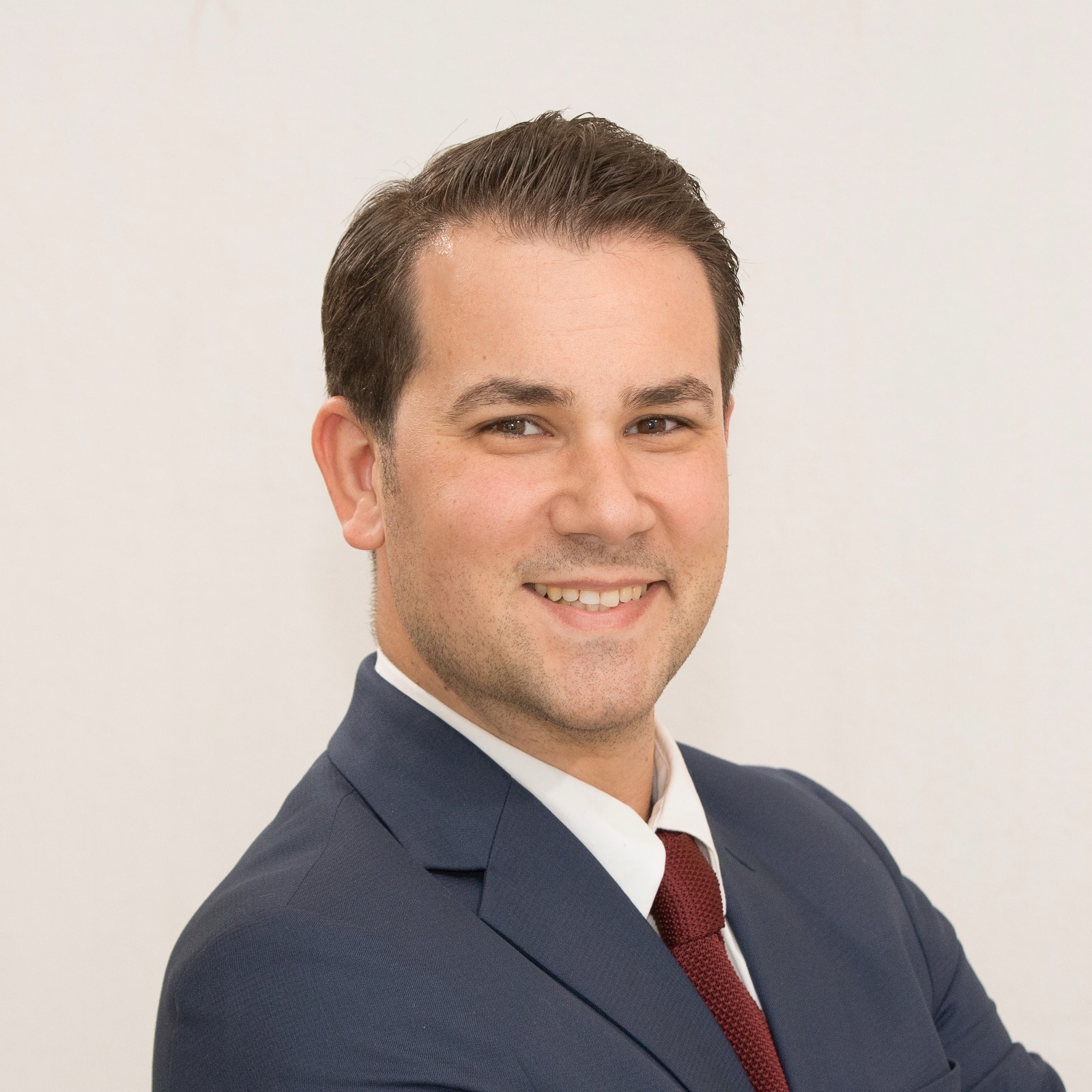Our founder, Mrs Antonia Eilander MA, was invited to the Europol crypto conference that held on October 26 and 27, 2023. The conference was a high-level event attended by the European Financial and Economic Crime Centre - EFECC and many other high-profile organizations. This blog will provide a synopsis of the very insightful and progressive conversations that took place at the conference. The focal point of the conference was crypto crime, and how to combat it.
Panel 1: New Cryptocurrency Trends and Public-Private Collaboration

The first panel addressed the crypto crime pandemic from the direction of how to properly position law enforcement agencies to control the spread and damages done. The panel consisted of Jonathan Benton, Chris Hoffmeister, Jorge Vallet and was moderated by Gert Jan van Hardeveld.
An emphasis was placed on the importance of using proper tools to monitor crypto crime, because monitoring the numerous wallets criminals use to spread out the amounts of money manually is difficult. If the bad actors are using a blackbox, it makes the work of convicting them more arduous. A blackbox protects IP address information, and therefore cannot be presented in a court of law.
They discussed how Telegram is being used by criminal organizations to execute their business. Hamas non-profit organizations have also been discovered to be criminal organizations that are under the guise of helping Palestinians in crisis. They were identified as criminals through their wallet addresses. It is necessary to highlight that in the fight against crypto crime, solely law enforcement can’t carry it out. A diverse team is usually needed, consisting of a financial crime specialist, law enforcement and an IT specialist.
Crypto vigilantes
These are private persons who use open-source tools protecting the ecosystem for free because sometimes law enforcement can’t act quickly enough. They are also private people who put bounties on wallets.
It brings up the question; “is the wisdom of the crowd helpful or dangerous?”
A lot of times, when vigilantes help law enforcement, it’s difficult for law enforcement to produce evidence for a court case. Russian crypto vigilantes are clear examples of this. They are more technologically advanced enough to help a lot, but the issue is how they collect the evidence. Sometimes, they don’t get evidence that can be presented in court, or they go through means that aren’t tenderable.
There are also cases of wrong accusations by a vigilante, making the life of an innocent person miserable.
Limitations of Crypto Investigators
Investigators who work in crypto crime suffer a few limitations such as:
- Overreliance on a single tool.
- Lack of technical understanding.
There’s also the problem of the court of law limiting crypto law enforcement. When evidence powered by an AI super forensic tool is presented, questions like “How can we trust the trace produced by this tool to be accurate? Can this trace be proved without a specialized tool?” are asked.
When you show up in court, you must be able to defend all information. One of the things that stood out from this session, just as Antonia mentioned at a conference she attended earlier organized by Interpol, is that it’s not only important to catch the criminals, but to do it in the right way.

Crime is tech-agnostic, and the conversation soon moved on to crime in Virtual Worlds and Web 4.0. By 2033, it is expected that NFTs and augmented reality will be everywhere. Therefore, law enforcement must be prepared and equipped to tackle crime predicated on these technologies. There are a handful of bad actors in tech and they exploit generative AI for illicit purposes.
*There is a website and organization that actively fights against crypto crime, lists out scams, and helps victims return to a normal life after being scammed. Visit here.
Joana Neto Session
Joana Neto works with the European Banking Authority as an Anti-money Laundering Data Specialist. Her session explored the interlinks between Crypto assets, AML/CFT Regulation and EU Policy. You can read our blog “Review of the EU Anti-money Laundering Package” for more information on this. The photos attached from her slides also give more understanding of the evolution of these regulatory links.



NFTs and Private Cryptocurrencies
From this panel, we learned that NFTs serve to apprehend criminals. They serve as court orders by tracking IP addresses. They are coded in such a way that, law enforcement (the sender) knows the IP of the person that opened the NFT and their wallet. Consequent IP addresses and number of times opened are also recorded.
When the CEX is identified, law enforcement sends the NFT (court order) to seize the assets on that CEX wallet that performs the criminal activity.
Private crypto currencies, like Monero, are sources of headache to national and international law enforcement. Monero is a private blockchain and is extremely difficult to trace, and therefore majorly used for criminal activity. Observers cannot decipher addresses trading Monero, transaction amounts, address balances, or transaction histories. 90% of child pornography is paid for with Monero now .
Panel 2 - Legal Framework on Crypto Assets

The second panel consisted of Mattias Levin (European Commission), Mark Falzon (Bank of Valletta), Andreas Waelchli (Federal Prosecutor’s Office, Switzerland), and was moderated by Federico Paseno (Basel Institute on Governance).
They discussed the legal provisions for crypto assets in various jurisdictions. For example, no bank in Malta provides services to crypto businesses (VASPS). This is because their risk profile is too high, and currently, one of the biggest challenge of the Bank of Valletta is what to do when a customer receives crypto funds.
The blurry nature of crypto regulation in some places causes a lot of back and forth in terms of how much access to grant bank customers to crypto services in the bank. What information should be requested? How much detail should be asked for? These are questions that banks always encounter in dealing with crypto assets.
Transaction monitoring, profile information monitoring for banks also involve a lot of factors. But it sometimes is really helpful for identifying bad actors. For example, why is a 70-year-old client buying crypto all of a sudden? The answer points to fraud as the most likely reason.
The subject of how regulation might lead to the migration of crypto companies was also raised. Antonia wrote a blog to this effect for IBFD (The International Bureau of Fiscal Documentation) titled “When the Crypto Golden Goose Flies the US Coop, Where Will it Land?” You can read this blog here.
A positive development in all of these is that Centralized Exchanges (CEXes) are cooperating with each other (for example, in the UK), and they are sharing best practices. They also work together on joint criminal cases.
The Seized Assets Lifecycle
Crypto assets usually go through a seized assets flow: From victims → Pre-seizure → Recovery → Management → Realization → Reinvesting → Back to victims.
P.S: Yes, a seized asset can be redistributed.
Why Seizing Assets is so Important
It can be summed up in four words; Disrupt, Discredit, Deprive, Deter. It is important to show bad actors that they cannot be allowed to flee with stolen assets. Seizing these serves to deter and deprive the bad actors.

It was a very enlightening time that was had at this conference, and we hope that law enforcement units all over the world are more equipped to combat crypto crime and make the crypto space a safer place for all.
A positive development in all of these is that Centralized Exchanges (CEXes) are cooperating with each other (for example, in the UK), and they are sharing best practices. They also work together on joint criminal cases.




.png)
























.jpeg)

























.jpg)





































